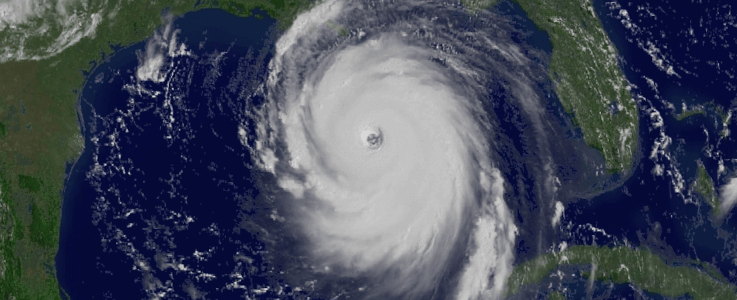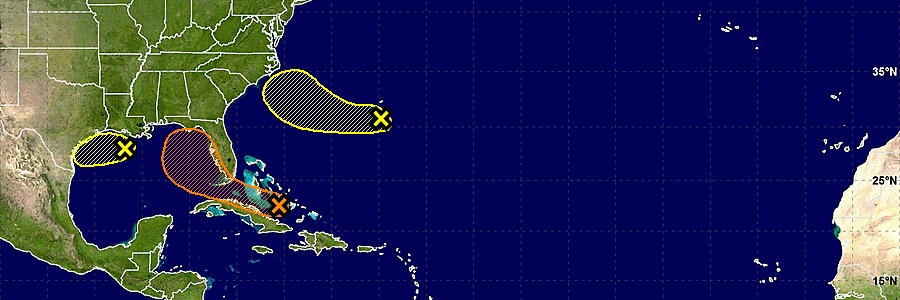-

Harrison Sincavage posted an article at iWeatherNet today about the shocking (to me and other meteorologist friends) statement that the National Hurricane Center put out about the expected impacts of Hurricane Katrina, which was approaching maximum storm intensity in the Gulf of Mexico on this date eleven years ago today. If you’ve never read the warning,…
-

Another day, another update on Investigation 99L. Investigation 99L is still alive and moving to the WNW towards the Florida Straits and the Gulf of Mexico. While it is still disorganized, it is moving into an area of very warm ocean temperatures and less wind shear, so chances of developing into a tropical depression have…
Posted in: Tropical weather -

The eruption of Krakatoa in Indonesia is one of the largest eruptions in recorded history. It is said that the shock wave from the explosive blast went around the earth three times. Most of the people killed by the eruption, over 36,000 people, were killed by the great tsunami that swept through the Indonesian archipelago.…
Posted in: History -

The latest 7 day QPF shows that the rainfall over the next week will mainly be confined to coastal areas, especially in southern Florida as Investigation 99L approaches from the east and passes into the Gulf of Mexico. Other areas are expected to receive below normal rainfall. While Invest 99L has fizzled over the last…
Posted in: Climate outlooks -

Investigation 99L has confounded forecasters’ attempts to figure out when, where and even if it is going to develop into a tropical storm, much less where it might be going. Originally hurricane forecasts predicted that it would organize into a tropical depression and storm and then cross southern Florida. But the storm development has been…
-

The Packer reported this week that Louisiana sweet potato growers are waiting to find out how much damage the recent flooding rains has caused to their crops. The unprecedented floods have made it impossible for them to even get into the fields to determine how severe the damage is. And unfortunately the rain keeps on…
-

Scientists have recently identified the oldest tree in Europe as a Bosnian pine growing in Greece which has been measured to be at least 1,075 years old based on tree rings. While old trees are more common in the US, they are rare in Europe because it has been populated so long, and exposure to…